When you’re playing Draft, it’s important to be aware of what cards are being chosen. However, it’s equally important to pay attention to what cards are not being chosen. Today, we’re going to talk about the concept of being “open” in Draft. What does it mean when a specific color or archetype is considered “open,” and what does it mean for you as a drafter to stay open?
Throughout this article, I’ll be referring to Magic Origins (ORI) quite a bit. As a core set with straightforward mechanics, it serves as a great example for my points.
This article is intended for players who enjoy Draft but want to delve deeper into the strategy beyond just evaluating individual cards.
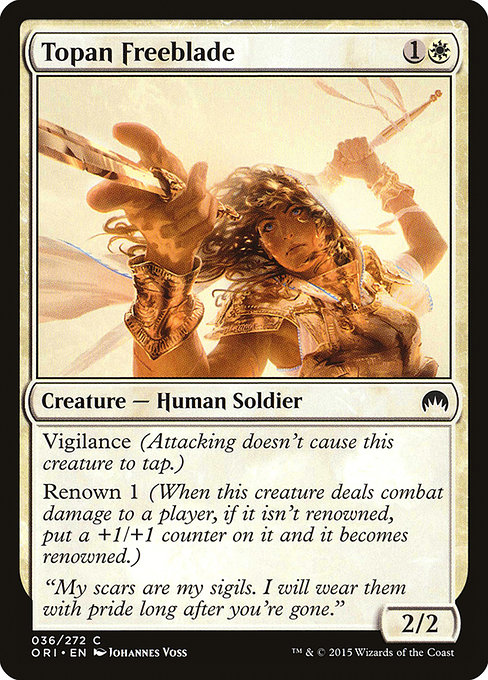
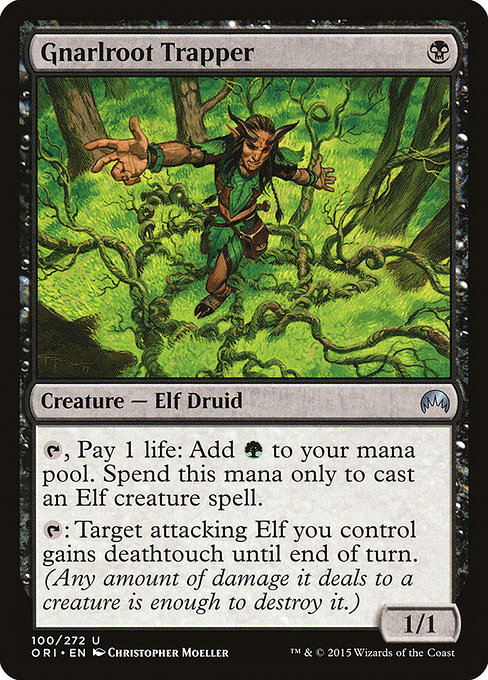
What Does “Open” Mean in MTG Draft?
In draft sets, colors and archetypes are formed by the cards chosen. Being “open” means that the cards supporting a particular archetype or color/color pair are not being picked by other players. For example, Topan Freeblade is a highly valuable card in ORI Limited. If it is still available four picks into the second pack, it could be a sign that no one is playing white.
As a player, “staying open” involves selecting cards that do not restrict you to specific decks. Let’s use Gnarlroot Trapper as an example. This card is strong in an elf deck but has no use in any other deck. If you choose Trapper early in the draft, you are committing to a Black-Green Elves deck, which is an example of not staying open. If you don’t see other powerful cards to support this narrow archetype, you could end up with a very poor deck.
Now that you understand the definition, let’s delve deeper. Why should you stay open in an MTG draft, and how can you determine if a color/archetype is open? Today, we will discuss both of these concepts!
If you would like to join in, grab a booster pack or open a draft simulator and practice these steps along with us. You will be amazed at the patterns you start to notice.

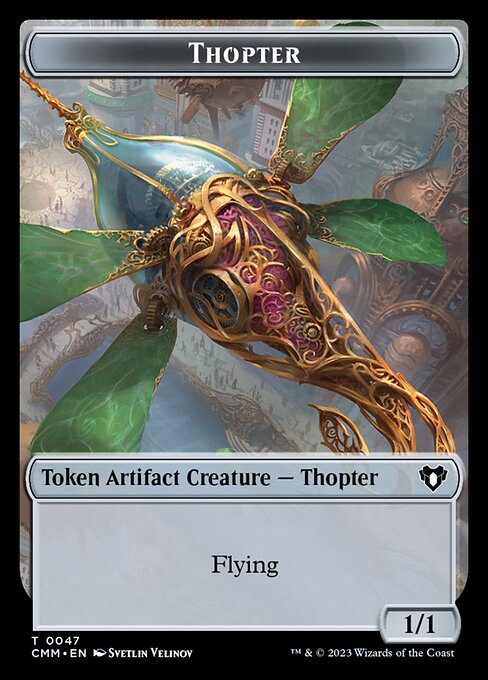

Why Should I Stay Open in MTG Draft?
No one can predict the future. Your first booster pack might contain several powerful cards! However, there is no guarantee that they will work well with the cards in packs two and three. Take into consideration the power level of each card and how it fits into a specific deck archetype.
Choosing a card solely because it is strong in a specific deck, without considering the other necessary pieces, can backfire. It is often better to make more conservative picks that are generally powerful in the early stages of the draft. This allows us to be flexible and switch to a different deck if needed.
Staying open also leads to a more consistent deck. Most formats have clearly defined archetypes. It is important to know when to prioritize card quality over synergy. In most situations, I would recommend focusing on overall card quality.
Let’s go back to Magic Origins. Ghirapur Gearcrafter is a three-mana 2/1 creature that creates a 1/1 flying thopter when it enters the battlefield. While Blue-Red artifacts are a recognized archetype in the format, a 3/2 creature with some form of evasion is good enough on its own. Most decks would be happy to include this card. You don’t have to commit to the artifact deck just because you can create some thopters. Ghirapur Gearcrafter can also work well in a Red-White aggro deck or be used as fodder in a Red-Black sacrifice deck.
Auramancer is a three-mana 2/2 creature that returns an enchantment from the graveyard to your hand. You should only play this card if you are in the Black-White enchantment deck. Even seemingly unassuming common cards can contribute to how “open” your strategy is.
Staying Open Over Time
Your ability to stay open generally changes as the draft progresses. In pack one, you should have the freedom to explore different decks and choose cards that keep you open to several archetypes. You and your opponents are still trying to find your footing, so everyone is picking the best cards from the pack.
In pack two, players start to solidify their choices and focus on one or two specific decks. This means that some powerful cards might go unpicked as players now commit to specific colors.
By pack three, players should have firmly settled into their chosen path. At this point, they are more likely to pass powerful cards because they are not interested in switching decks. This presents a great opportunity for you to pick up desirable cards if you’ve kept yourself open to that point.
Keep your eyes open during packs two and three. Pay attention to the cards that are being passed to you. If a powerful creature is passed to you in pick five or six, it could be a sign that a particular strategy isn’t being drafted by other players and is open for you.
How To Tell If a Color is Open in MTG Draft
There are a couple of strategies and tips to help tell if a deck is open. Some are universal while others are set specific. Let’s take a look.
Asking The Right Questions
Keeping track of what cards are in each booster is a valuable skill. We need to keep track of three things:
- What are the key cards in this booster?
- These are the cards that make you want to play a particular color or archetype. The powerful and stand-out cards.
- What cards are missing from this booster?
- Missing cards can tell you a lot about what is drafted. Perhaps you are being handed a pack for the second time and noticed a good red card you saw earlier is missing. Chances are there is another drafter playing a red deck.
- What key cards are still available?
- What do the cards that are still available tell you about the drafters at the table?
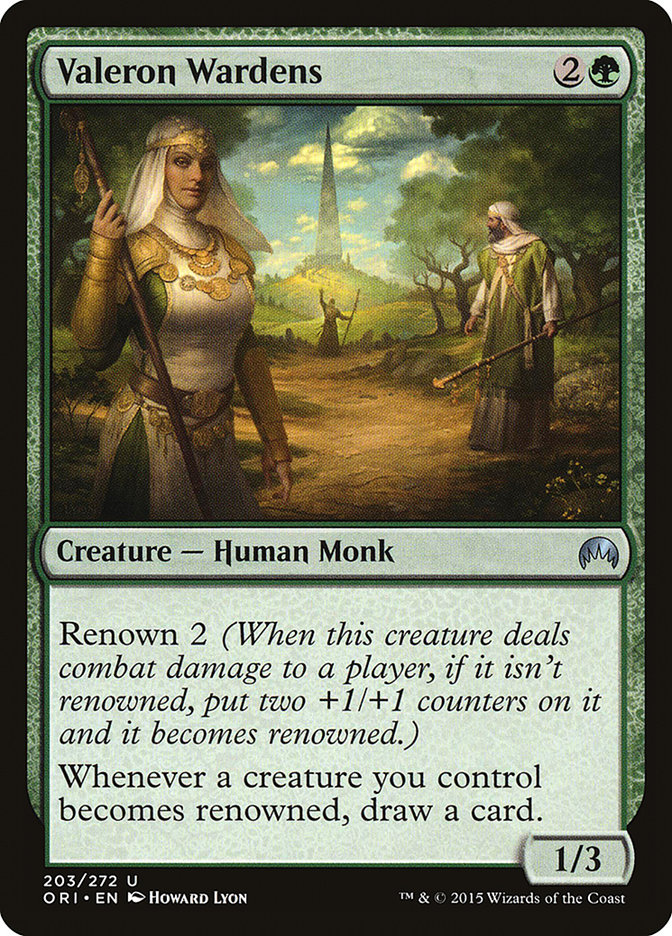
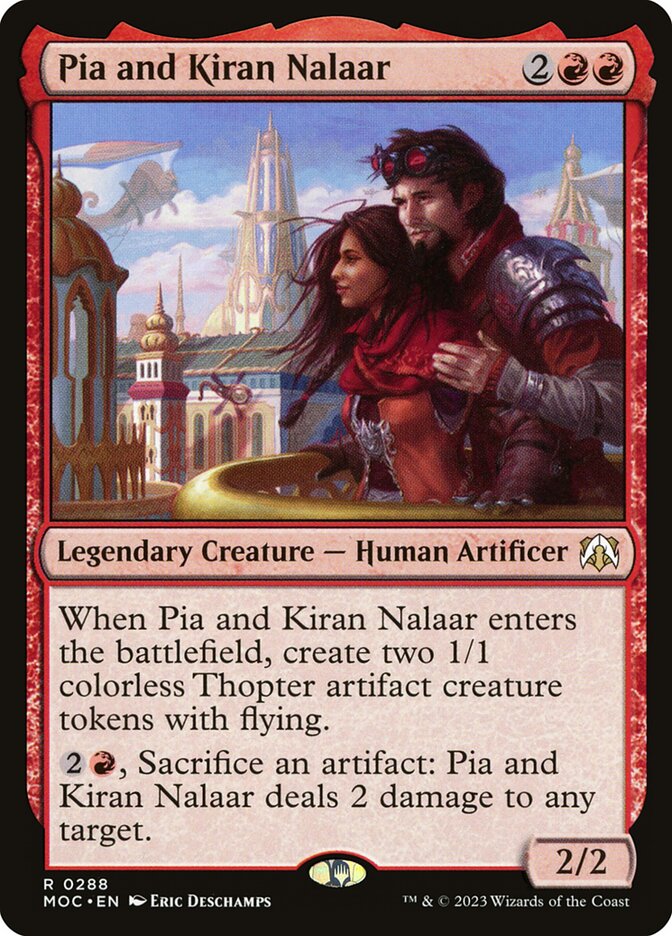

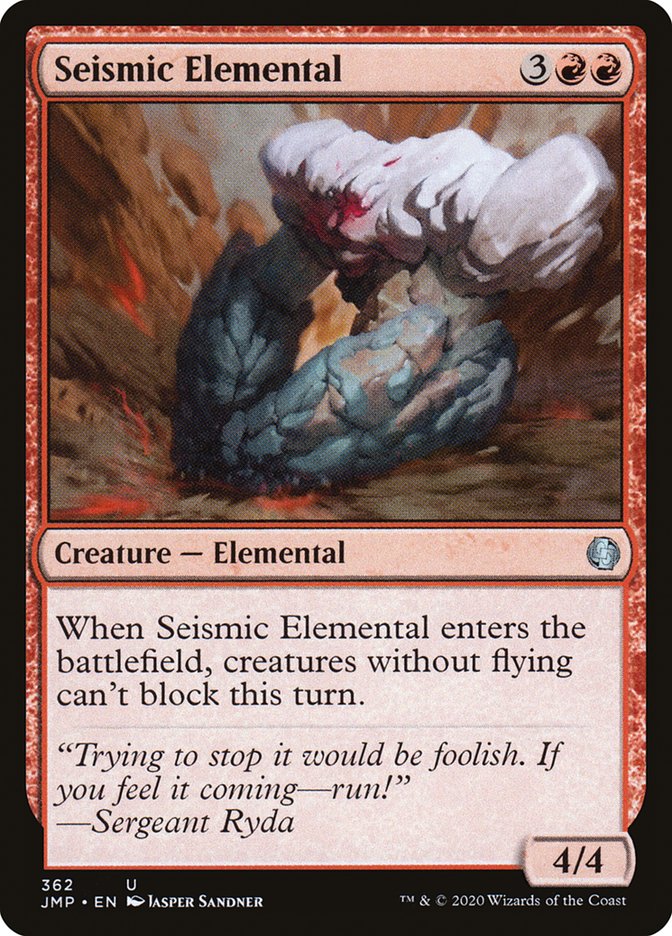

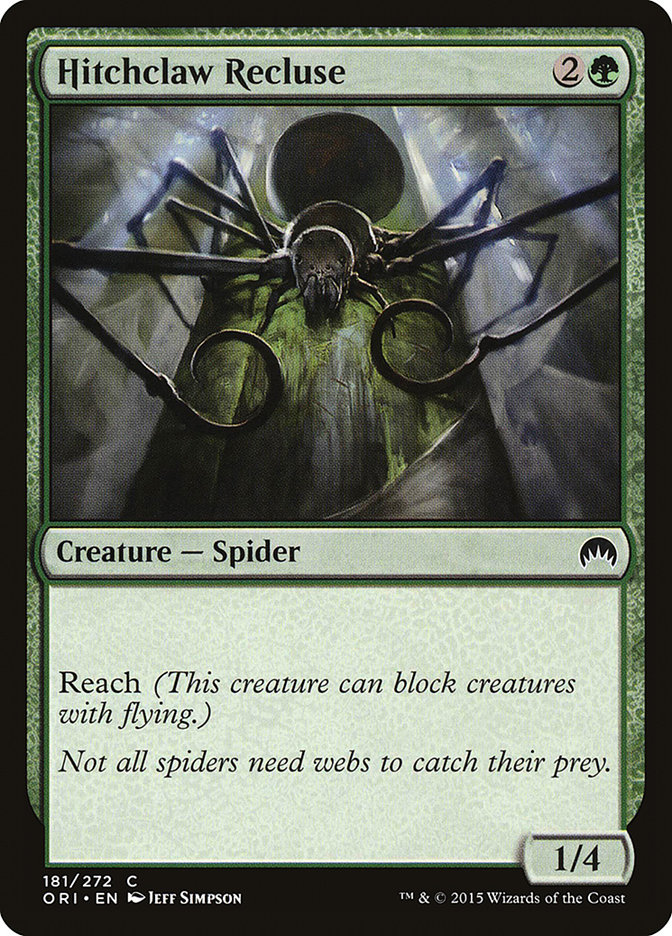

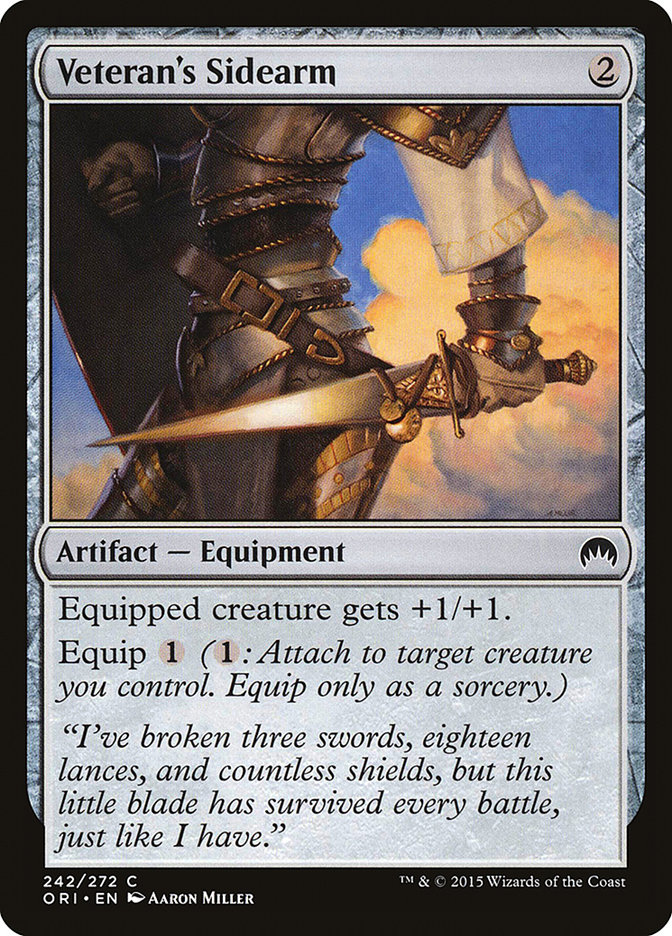


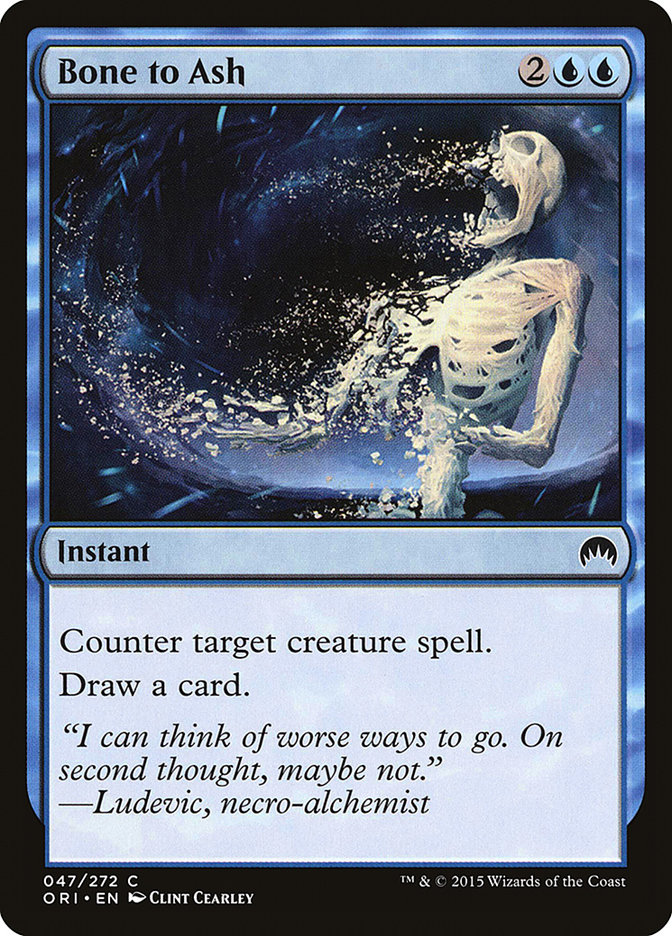
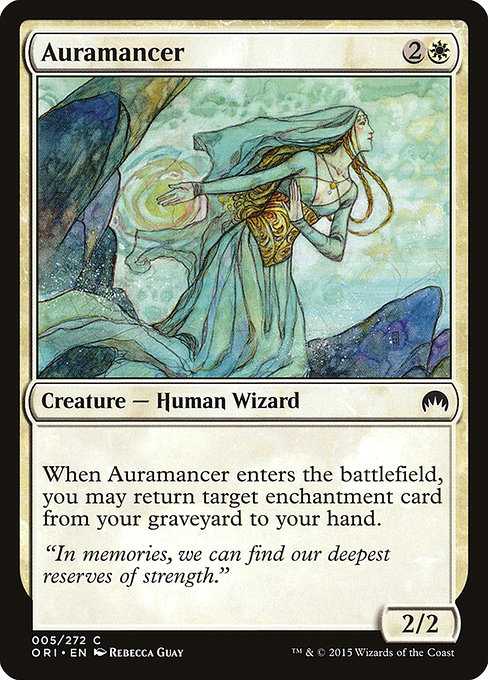

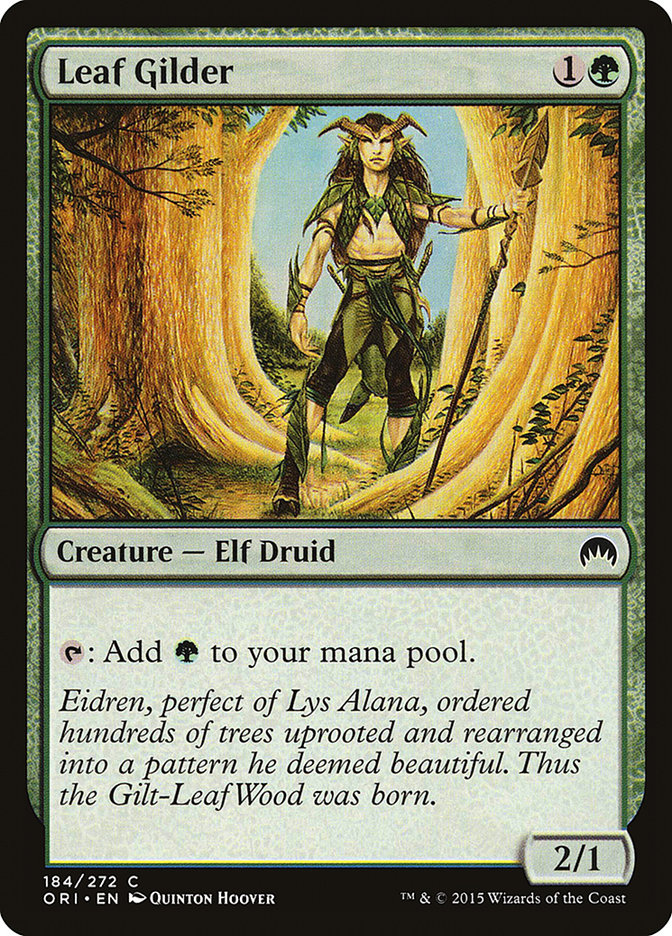
Sample Pack
To explain these concepts, let’s look at a fresh booster. Then, we will look at that same booster after a full rotation of the table. Let’s see what we can learn about the drafters from this pack.

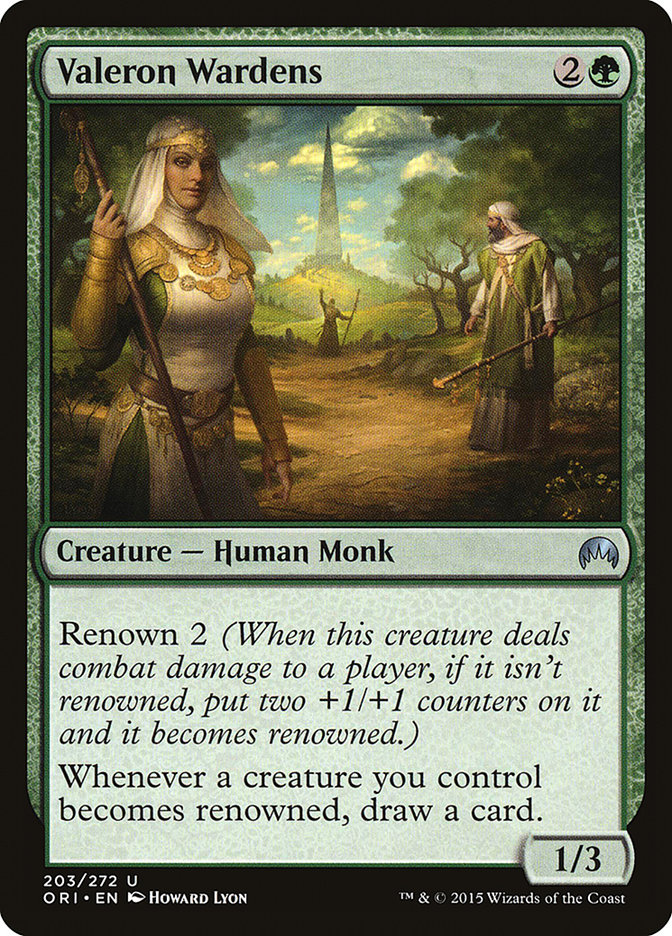
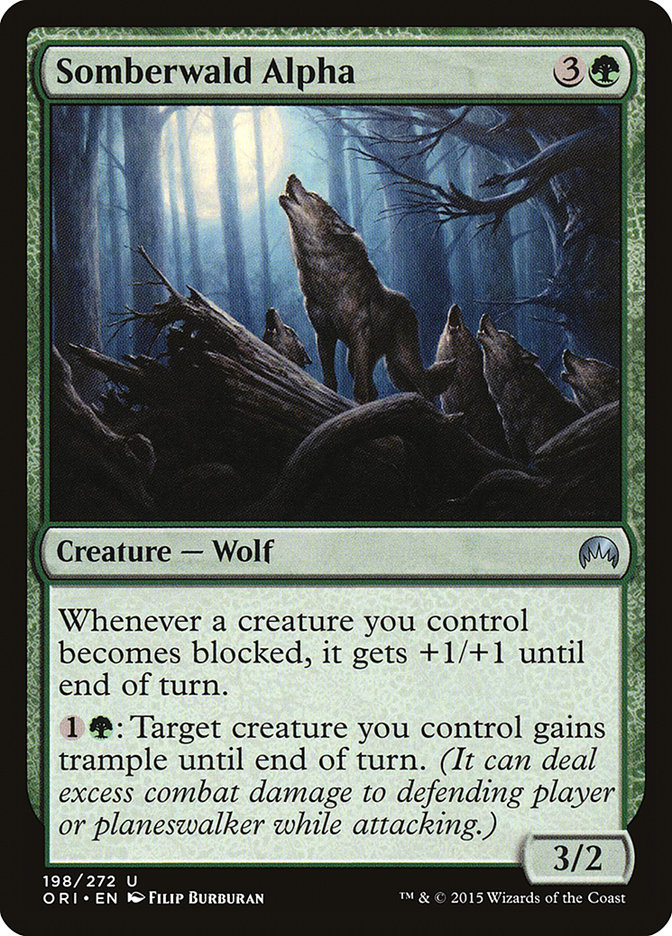
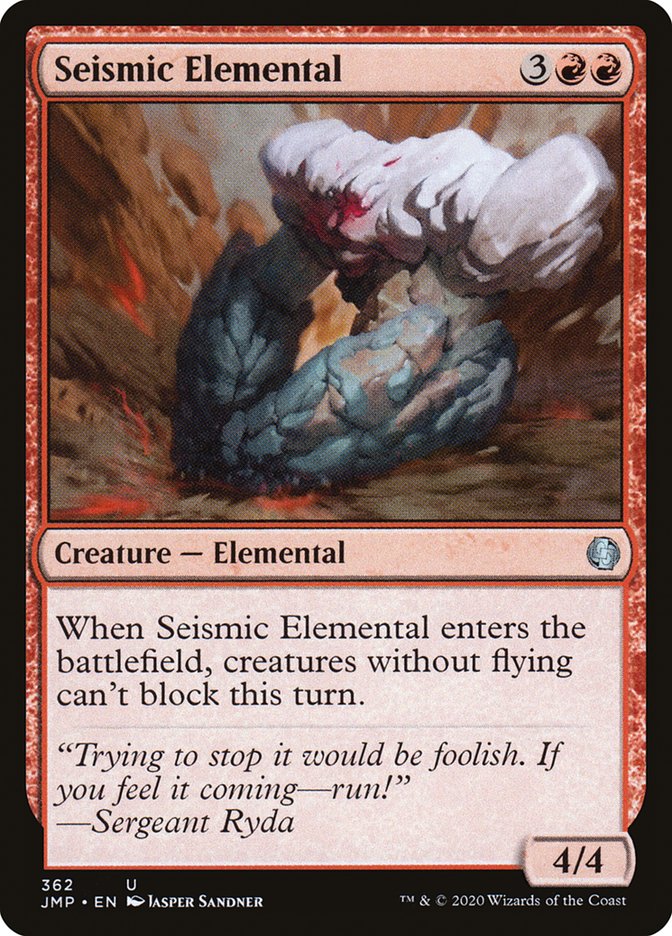

What are the key cards?
- Pia and Kiran Nalaar
- Somberwald Alpha
- Seismic Elemental
- Leaf Gilder
- Valeron Wardens
Our first three key cards provide a way of getting in for damage. They can help us close out games. We also have Leaf Gilder. This lets us get ahead on mana in the various green decks. The Valeron Wardens gives us a solid body especially with Renown, and a chance to draw cards. In this case I took Pia and Kiran Nalaar.
Removal spells can also be considered key cards. Bone to Ash and Calculated Dismissal are the only removal spells in the pack. Personally, I am not a big fan of either of them. I won’t consider them key cards here. Let’s now see what the booster looks like when it comes back to us.
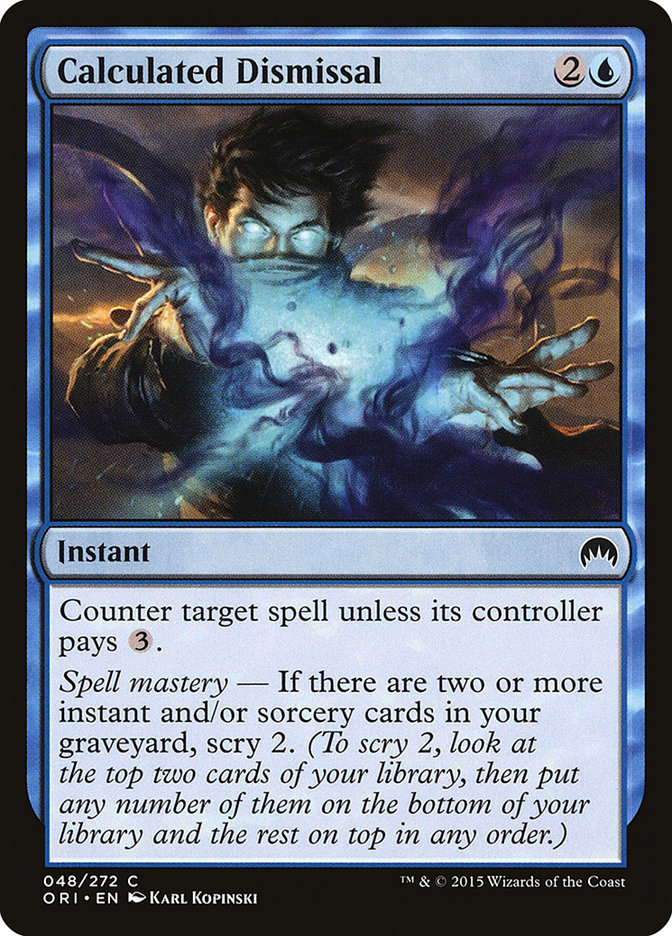
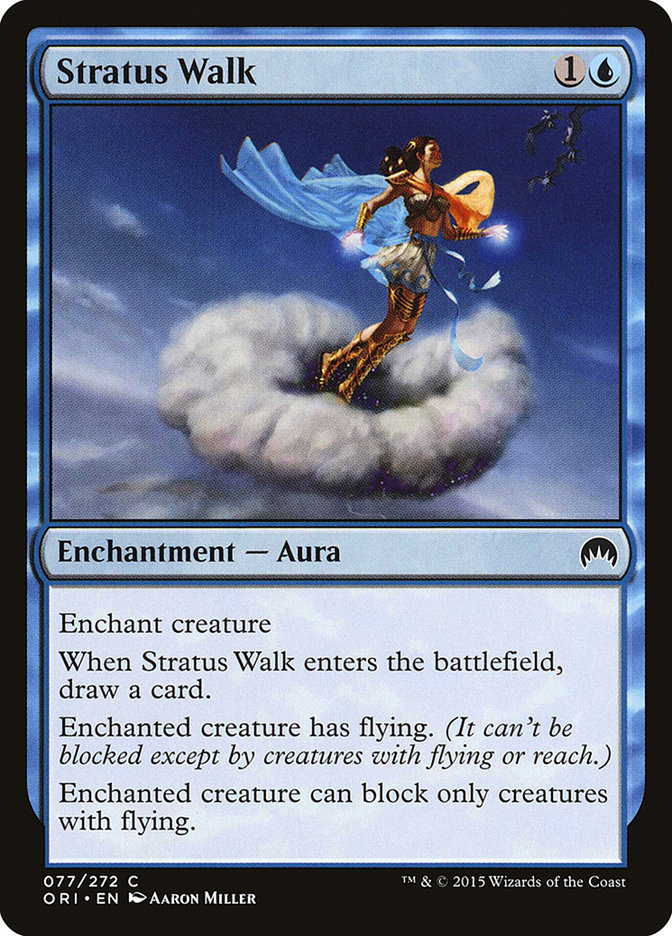
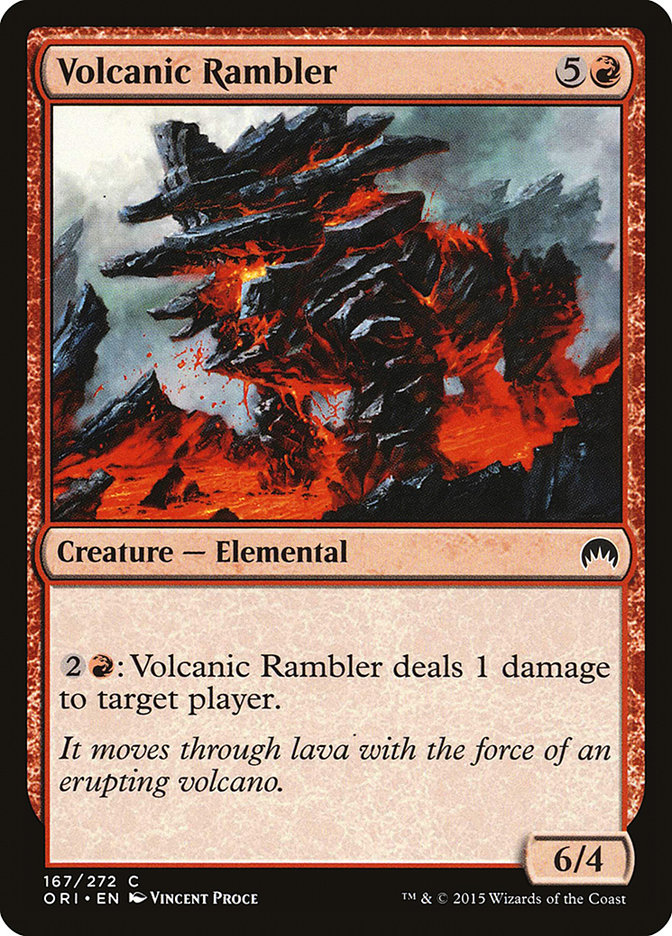


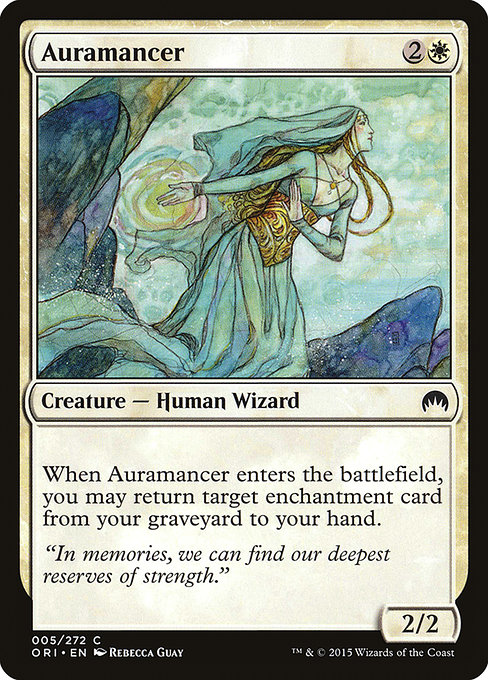
Now that the pack has returned to us, what is missing, and what’s still left? All the blue cards are still here. Is blue is available for us? Very few people are trying to play that color. Additionally, all the green cards are gone. Auramancer is a solid card in the black-white enchantments deck. This may signal the enchantments deck is available. Signals are, of course, not a guarantee. However, it is something we can keep in mind going into future packs.
The trick with watching for signals is doing it for every pack. We cannot remember every single card in every single pack. We try to focus on key cards to inform our decisions.
Spot The Rainbow
Commons are some of our best friends to help identify what is open. In “Draft Boosters” there is one common of each color in a booster (most of the time). This applies to most modern draft boosters. This means if we are a couple of picks in and see no black commons, we know someone wants to play black!

In Play Boosters (starting with Murders at Karlov Manor) things are a little different. We can expect to see at least four colors represented in common. This leads to a slightly murkier signal. It still stands to reason if you don’t see any red or green common in the pack, someone else is.
Booster Fun
Other signals can vary based on the set. For example, Dominaria featured a guaranteed legendary creature in every booster. Getting passed a pack missing its legend could be a signal of how the opponent is drafting. In particular, having knowledge of what those legends are and which ones are good early picks is worth keeping in mind!
This kind of booster gimmick varies from set to set. Brother War had an artifact “bonus sheet” with iconic artifacts from Magic’s history. War of the Spark had a planeswalker in every pack. Being aware of those gimmicks can help tune you into what other players are drafting. Conversely, seeing these special cards late in the pack might be a signal that a strategy is still open.
Bringing It All Together
All the pieces discussed today are part of the draft puzzle. None of these concepts individually are incredibly difficult. The mastery comes when you can combine all these aspects together.
If you are a new drafter, I would focus first and foremost on your card evaluation. Simply knowing what makes a card good in Draft should be your number one priority. When you open your next booster pack, look at every single card. If you were to be drafting what card would you pick? What cards do you think will return to you if the pack goes around the whole table?
If any of these ideas are new to you, try applying them in your next draft. Try them in an environment where you can draft with no time pressure. For example Magic Arena’s “Quick Draft” or an online draft simulator. If you have a group of friends who don’t mind taking it a little slow in a paper draft, then this is even better!
Closing Thoughts
Drafting can be challenging, but it’s also one of the most skillful formats in Magic. Today, I’m excited to share some friendly advice for those who want to level up their Limited gameplay. By pointing out some key things to watch out for, you’ll be well on your way to improvement!
I understand that it might seem overwhelming with everything we’ve discussed. However, I hope you find something valuable in this article that you can try out and see some progress. And when you’re ready, come back and explore another skill we’ve talked about, incorporating it into your game plan!
If you found this article interesting, please let us know in the comments or on social media. This is my first time writing in detail about Draft for Bolt The Bird, and I’d love to hear if you’d like to see more content like this. Are there specific sets or draft theories you’d like to learn more about? Let us know!


 Support us on
Support us on 


